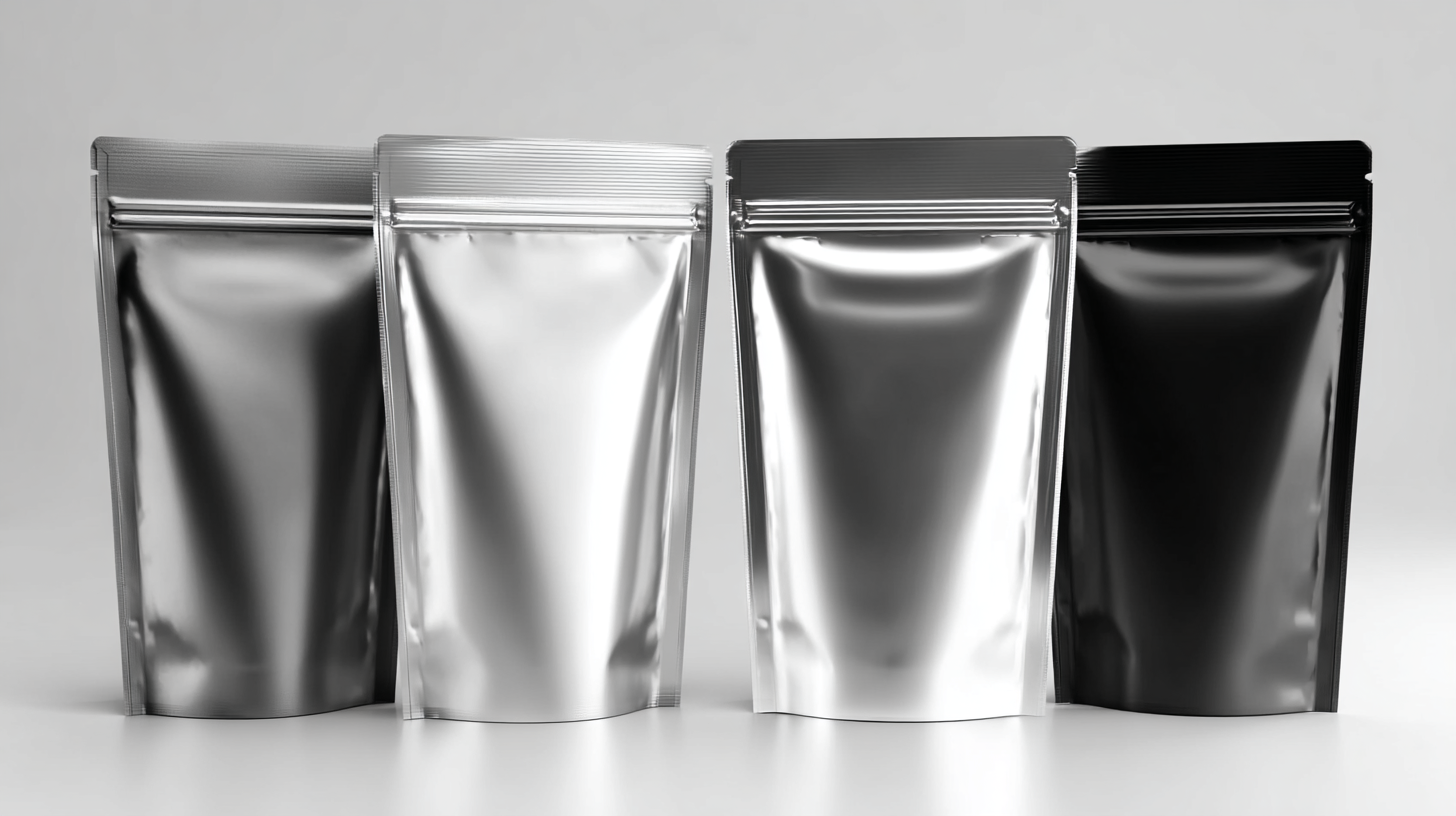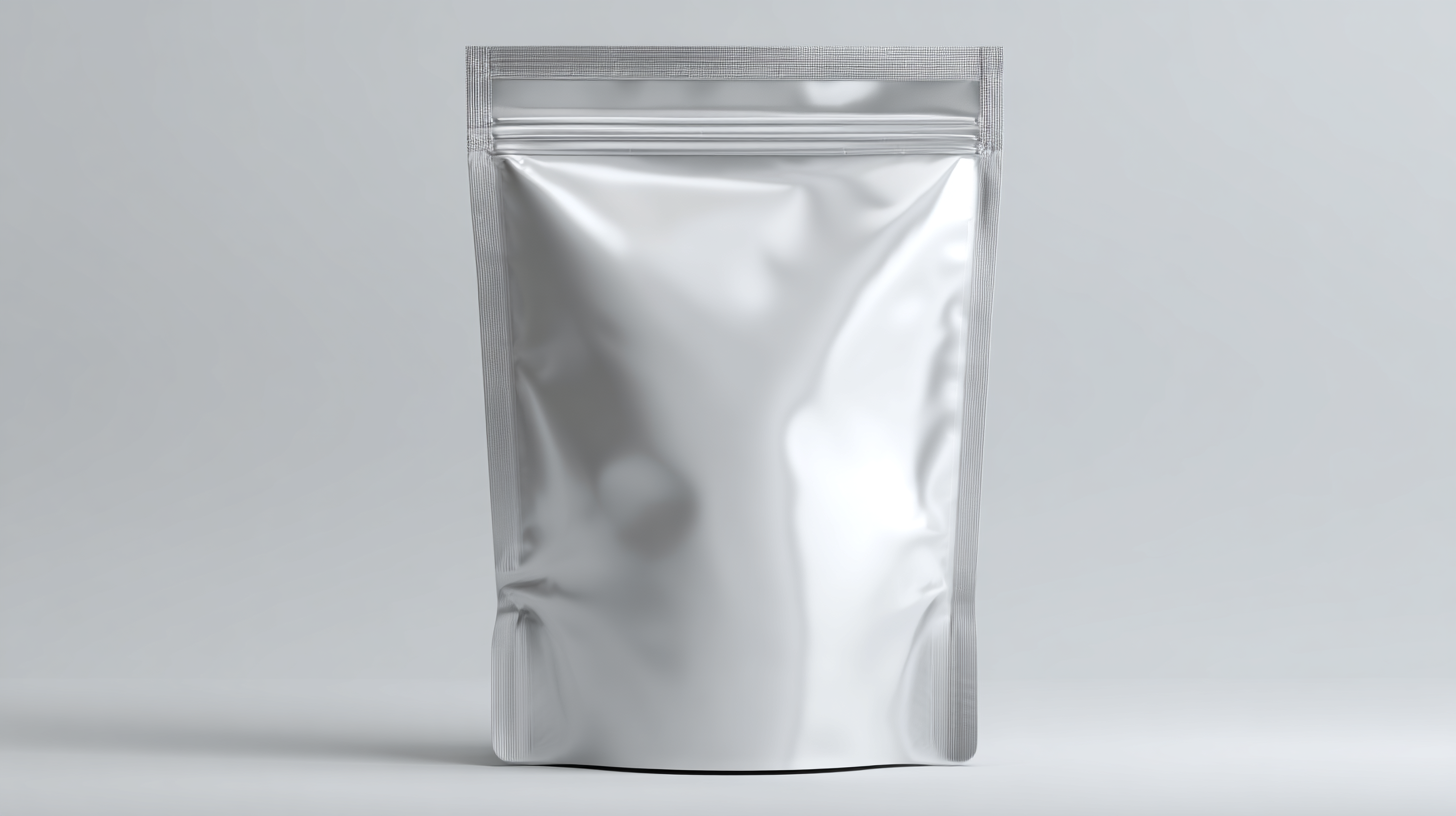In the ever-evolving landscape of packaging solutions, Blank Aluminum Foil Bags have garnered significant attention due to their unique properties and versatility compared to traditional alternatives. According to a recent industry report by Smithers Pira, the flexible packaging market is anticipated to grow to $300 billion by 2024, with aluminum foil bags playing a critical role in this expansion. These bags are increasingly favored for their excellent barrier properties, which protect products from moisture, oxygen, and light, ensuring longer shelf life and maintaining product integrity. As businesses seek sustainable and cost-effective packaging options, understanding the comparative advantages of Blank Aluminum Foil Bags versus alternative materials such as plastic and glass is crucial for making informed decisions tailored to consumer needs. This blog aims to delve deeper into this comparison, exploring various aspects of each packaging solution and highlighting why Blank Aluminum Foil Bags may be the superior choice for many applications.

In recent years, blank aluminum foil bags have gained significant traction in the packaging industry due to their exceptional barrier properties. Unlike traditional packaging solutions, such as plastic or paper, aluminum foil bags effectively protect products from moisture, oxygen, and light, which is crucial for maintaining the quality of sensitive items like food and pharmaceuticals. According to a report by Mordor Intelligence, the global aluminum packaging market is projected to reach $155 billion by 2026, driven in part by the rise in consumer demand for sustainable and efficient packaging solutions.

Moreover, the versatility of blank aluminum foil bags makes them an ideal choice for various applications. They can be customized in size, shape, and design, accommodating products ranging from snacks to bulk powders. A study conducted by the Flexible Packaging Association indicates that flexible packaging, including aluminum foil bags, has seen a growth rate of 4.7% annually, highlighting the trend toward convenience and functionality in consumer preferences.
Additionally, the recyclable nature of aluminum adds to its appeal, aligning with the increasing emphasis on sustainability in packaging materials, making it a forward-thinking option for brands looking to attract environmentally conscious consumers.
When comparing aluminum foil bags to plastic pouches, the choice of packaging can significantly impact product preservation and consumer appeal. Aluminum foil bags offer superior barrier properties, which are crucial for protecting contents from moisture, light, and oxygen. According to a report by Grand View Research, the global aluminum foil packaging market is projected to reach USD 40.58 billion by 2026, driven by the rising demand for durable and effective packaging solutions that ensure the integrity of food and pharmaceuticals. This is especially relevant in an era where product freshness and quality control are paramount.
On the other hand, plastic pouches are favored for their lightweight and flexible nature, which can lead to lower shipping costs and easier handling. However, a study from Smithers Pira indicates that plastic packaging often lacks the necessary barrier properties required for long-term storage. In contrast, aluminum foil bags maintain a higher moisture barrier—up to 10 times better than standard plastic pouches. The distinction in performance between these two packaging options emphasizes the importance of considering not only cost but also the long-term implications for product shelf life and consumer satisfaction.

When evaluating packaging options for various products, cost-effectiveness is often a critical factor that can influence purchasing decisions. Blank aluminum foil bags have emerged as a compelling choice due to their affordability and versatility. Unlike traditional rigid packaging, these bags provide a lightweight solution that not only reduces shipping costs but also minimizes storage space. The manufacturing process for aluminum foil bags typically involves lower overhead costs compared to more elaborate packaging solutions, allowing businesses to achieve substantial savings.
Moreover, when we consider the shelf life and preservation qualities of packaging, aluminum foil bags stand out as an economically efficient option. Their excellent barrier properties protect contents from moisture, oxygen, and light, which can significantly reduce spoilage and waste over time. This prolongation of product life translates directly into financial savings for companies, making aluminum foil bags not just a cost-effective purchase but also a strategic investment for long-term profitability. In a competitive market, businesses that recognize these advantages can gain a significant edge over those employing more expensive or less effective packaging solutions.
When examining the sustainability of packaging solutions, aluminum foil bags stand out due to their recyclability and lower environmental impact compared to other materials. According to a study by the Aluminum Association, about 75% of all aluminum ever produced is still in use today, highlighting its long life cycle and ability to be recycled indefinitely without loss of quality. This attribute makes aluminum a favorable option in an age where consumers are increasingly conscious of their environmental footprint.
Moreover, the production of aluminum foil bags often consumes less energy than the manufacturing processes for traditional plastics. A report from the European Aluminum Foil Association states that aluminum production has seen a significant reduction in energy consumption, with advances in technology leading to a reduction of over 30% in energy use per ton of aluminum produced since 2000. This advancement not only decreases greenhouse gas emissions associated with packaging but also positions aluminum foil bags as a more sustainable choice in comparison to less recyclable options like plastic bags or composite materials. As such, businesses seeking sustainable packaging solutions should consider the environmental advantages of aluminum foil bags.
| Packaging Solution | Recyclability | Carbon Footprint (kg CO2e per ton) | Renewable Resources | Water Usage (liters per ton) |
|---|---|---|---|---|
| Aluminum Foil Bags | Yes | 5,600 | Partially | 1,000 |
| Plastic Bags | No | 6,500 | None | 2,500 |
| Glass Containers | Yes | 9,700 | None | 3,000 |
| Cardboard Boxes | Yes | 4,000 | Yes | 1,500 |
When it comes to selecting the ideal packaging solution for your products, the decision should be guided by a thorough understanding of your specific requirements.
Blank aluminum foil bags offer exceptional barrier properties, making them a strong contender for products needing protection from moisture, light, and oxygen. If you’re packaging food items, pharmaceuticals, or other sensitive materials, consider these bags for their durability and ability to preserve freshness. Brands looking for customizable options can also print directly on aluminum foil, allowing for branding and information to be presented effectively.
On the other hand, it’s essential to weigh the benefits of competing packaging solutions like plastic pouches and glass containers. While these options may excel in areas like transparency and aesthetic appeal, they might not provide the same level of protection as aluminum foil bags.
Evaluate factors like product shelf life, regulatory requirements, and sustainability when making your choice. By aligning your packaging selection with your product's needs, you can enhance both performance and consumer appeal, guaranteeing that your items reach customers in the best possible condition.
